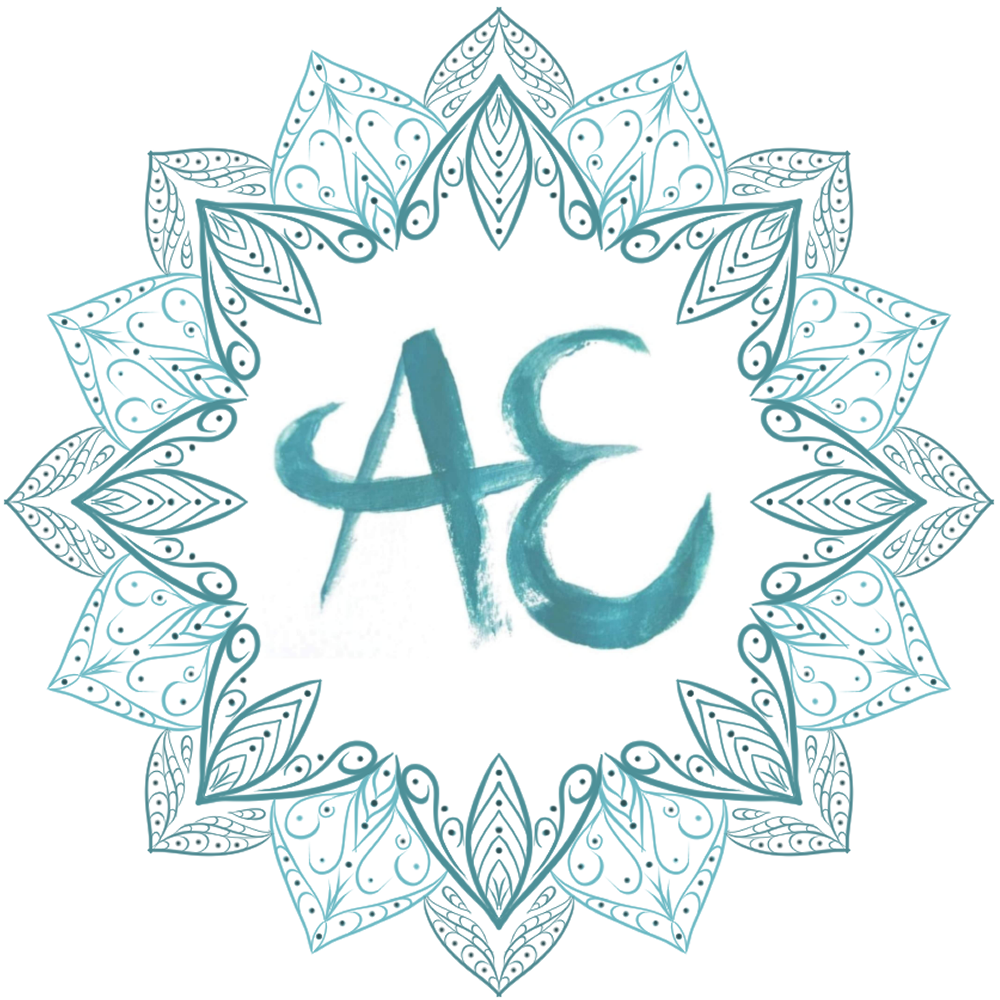Reflexology helps with a wealth of difficulties. Some benefits of reflexology are proven scientifically, some are anecdotal experiences.
Reflexology to support in fertility is well documented with studies and experiences of both therapists and clients. There are now a multitude of training courses for reflexologists out there to better adapt their treatments for fertility support.
To begin with, some foundational knowledge could be useful. So, if you have the time, please read previous blogs by following the links below:
The Reproductive System: https://www.almaentera.com/learning/the-reproductive-system
The Menstrual Cycle and Menopause: https://www.almaentera.com/learning/menstrual-cycle-and-menopause
Infertility and Pregnancy: https://www.almaentera.com/learning/infertility-and-pregnancy
How Reflexology Can Help Support Fertility
One of the most important things a reflexologist can do is support the client with preparing for pregnancy through getting up to date and accurate information. There is so much advice out there, some that is based in truth, some not so much. A lot of what is useful about a reflexology treatment is a comprehensive initial consultation. Of course, there are some basics such as having a healthy diet, exercising regularly and reducing any behaviours such as binge drinking and smoking may help.
Another thing that a reflexologist who is knowledgeable about fertility can do, is help you increase your odds of conceiving. For example, talking about the timing and frequency of sexual intercourse (if you are happy to share). Becoming aware of your own body can help too. For example, if you have a biologically female reproductive system, being aware of your cervical mucus and its amount, consistency and colour can help you know when is a good time to give it a go. Speaking to a reflexologist about all of this may be helpful because they have time to talk to you, and are not a friend (although hopefully friendly), so can be completely non-judgemental.
In terms of the practical application of reflexology, if you are aware of any existing conditions that you think are effecting your chances of conception, then reflexology can work on the reflexes that are imbalanced. For example, with Polycystic Ovary Syndrome, the reflexologist can work directly on the pituitary and ovary reflexes to help bring the body back to balance.
One of the most beneficial things about having reflexology for fertility difficulties, is the bringing down of stress levels in the body. When we are stressed, stress hormones dominate the endocrine system, suppressing some of the important hormones required for pregnancy to be achieved. Again, here, the reflexologist can encourage the body to come back to balance with a lovely balancing and relaxing treatment for you, whilst working on some of the reflexes related to stress.
What’s more, the way we think affects the way we feel and so talking to your reflexologist can be really helpful. Those attending reflexology for support with fertility often haven’t had the easiest journey , whether that’s because of primary or secondary infertility. So, its only natural to be thinking critically of themselves or others. Talking is one of the most useful things you can do, so why not speak to your reflexologist?
If you are going through fertility treatment of some sort, the reflexologist can decide with you what is the best course of action. What do you need most? A treatment plan can be devised, based on the timings of the medical intervention. For example, with IVF, there may times to have a stimulating treatment vs a downregulating treatment. What ever your treatment, speak to a reflexologist, they may be able to offer you some support.
A word of caution…
Now, reflexology is a wonderful complementary therapy, but it is not a catch all. Yes, the reflexologist can adapt the treatment to suit where you are in your journey. However, it does not promise pregnancy. Reflexology for fertility is a support and a COMPLEMENT to other interventions whether that be medical, alternative, or lifestyle interventions.
A note…
I am aware that this information page has been focussed more towards a biologically female person. This was intentional, as most of my clients that I see for fertility are female. However, there is much a reflexologist can do to help a male during the same process. Moreover, I have worked with single individuals seeking support with fertility. Whatever your circumstances and your experience of being human, I am more than open to hearing from you and your journey of fertility.
I hope you have enjoyed reading about reflexology for supporting with fertility. If you have any questions or comments, please reach out via the details on the contact page.
























